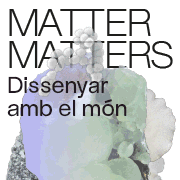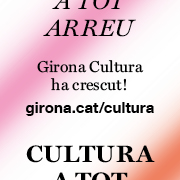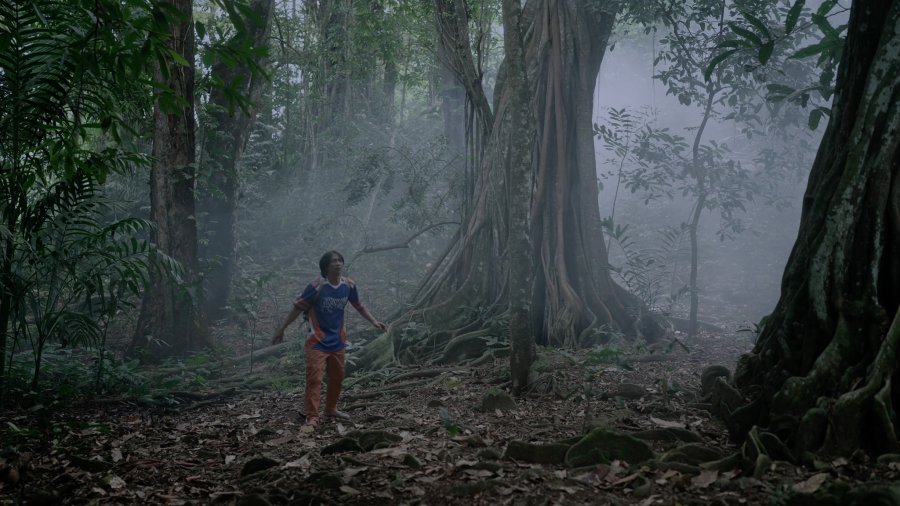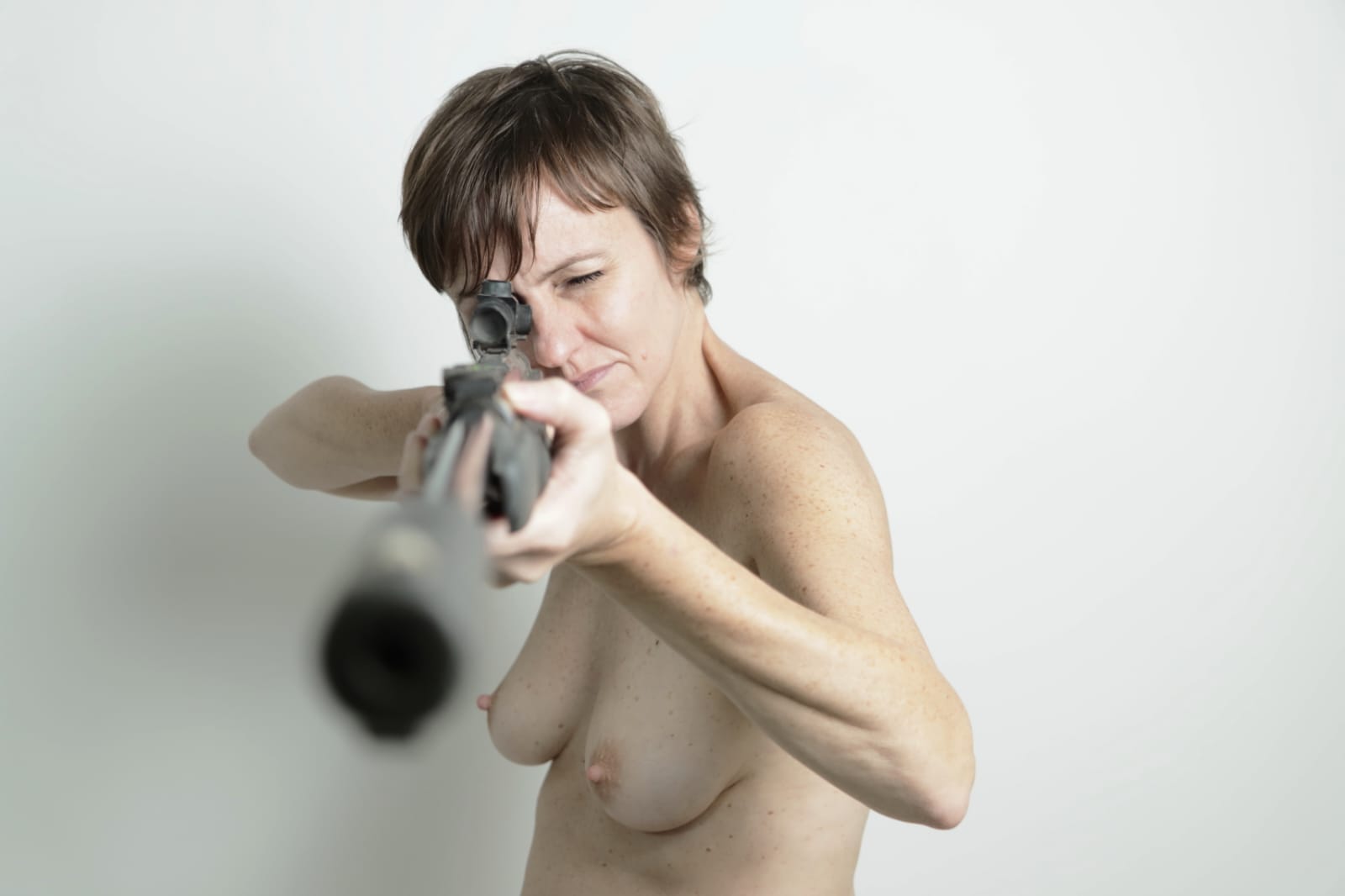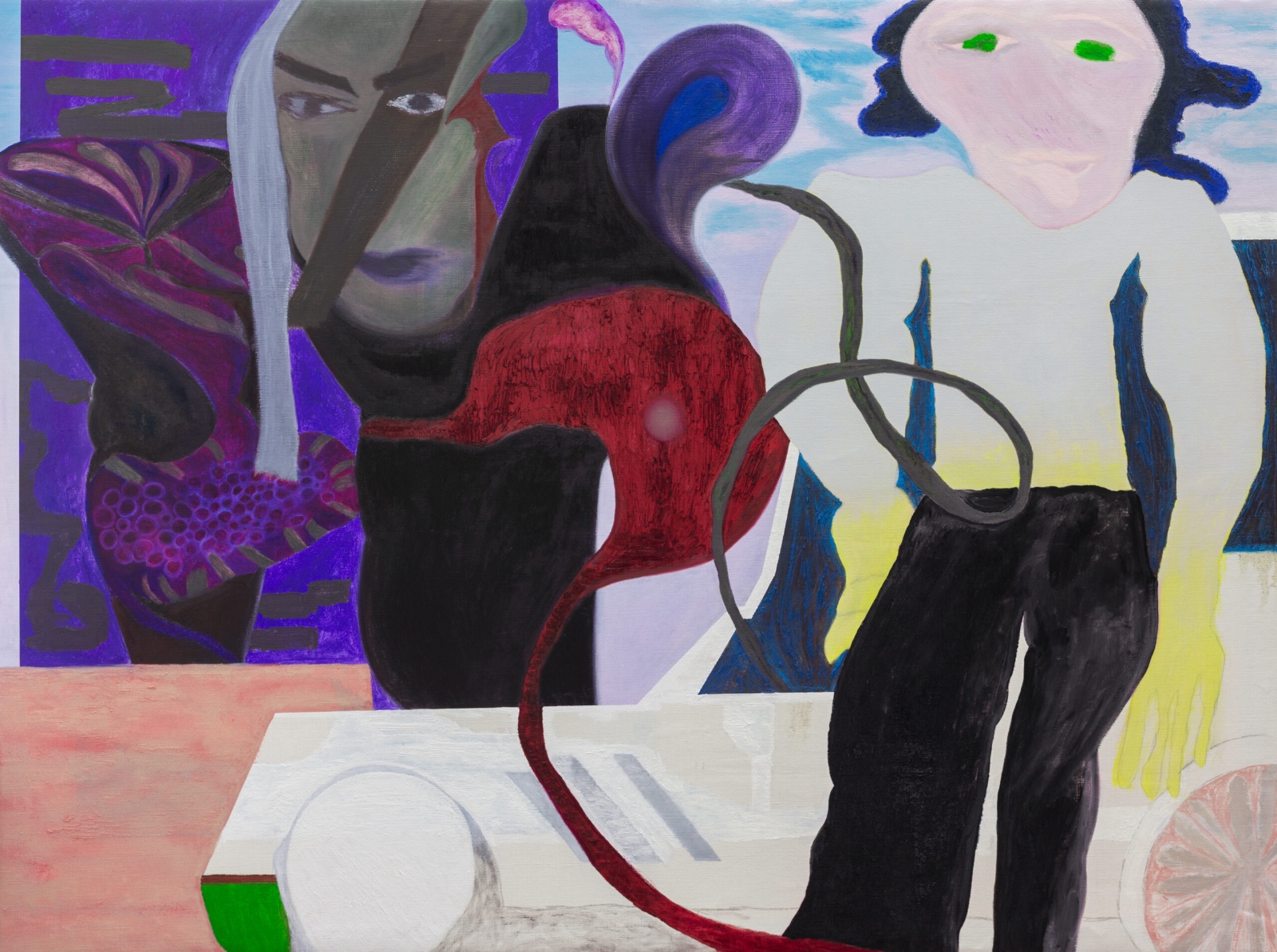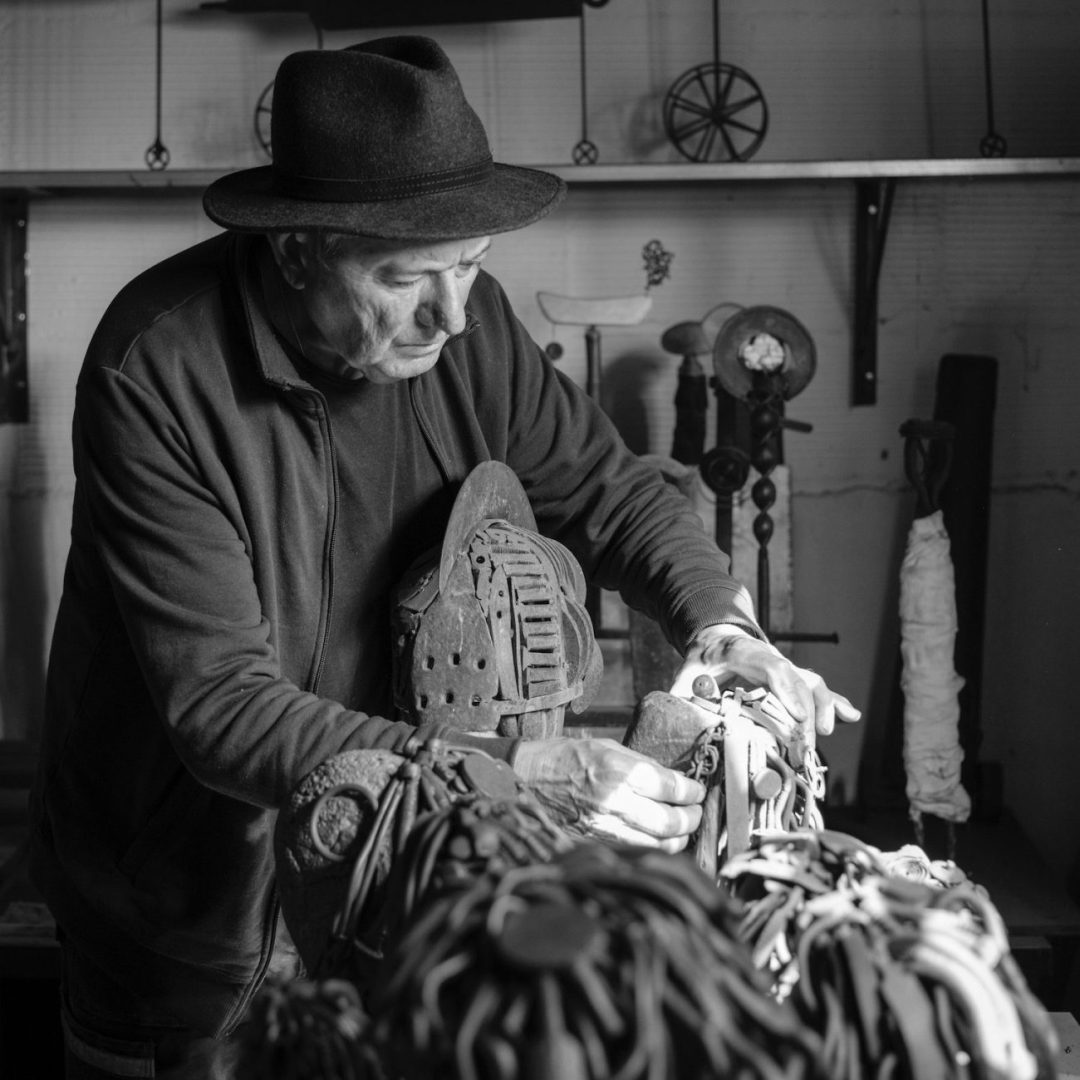interviews
Joan Torras Ragué: “Internationalizing, refocusing the educational field and a new Antoni Vila Casas space, the big priorities”
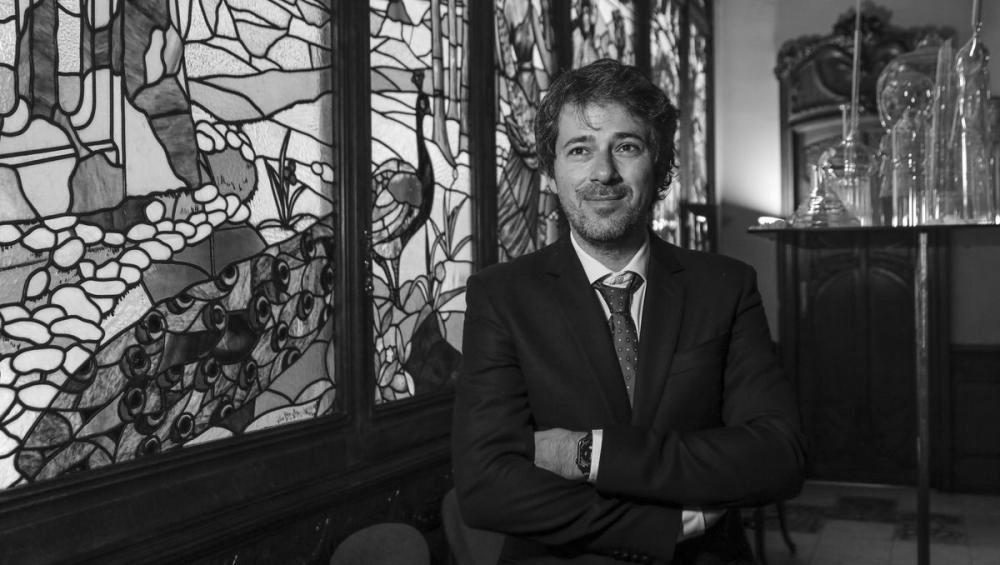
He began his journey at the foundation fifteen years ago with Antoni Vila Casas, who created it in 1986. He is currently its general director and treasurer and is one of the key pieces in the gear of one of the leading cultural institutions in Catalonia, but which, for some time now, has also been looking to other horizons. After a period of transition - with the death of its founder - which has been more than overcome, despite the difficulties that a handover in such a personalist institution entails, he explains the lines to follow for the present and the future.
Ricard Planas Camps. What are the strategic lines?
Joan Torras Ragué. After overcoming the transition phase, we face the present and the future with enthusiasm and new challenges. These are never easy processes when the personality and character of the founder are so marked. The current president, Montserrat Pascual Samaranch, and the vice president, Montserrat Viladomiu Pascual, make a good tandem and continue with this humanist legacy of Antoni. Regarding the lines, we continue with our exhibition program, which means visualizing and supporting the work of the creators of our country and its ecosystem -curators, art critics, historians, gallerists...-, as well as having the different museological facilities we have in perfect condition, since the sources are increasing and they must be welcomed and preserved well. A task, that of the different facilities, which is economically costly and which we will now emphasize again, since they are our showcases and we want them to always be perfect and immersed in the 21st century. We want to attract new visitors who don't know us and who we've never had before, whether they're young people especially, the 20 to 30 year old segment, or not so young, 40 to 60 year olds. This means having more multipurpose rooms, with thematic activities always related to the world of art, like a small cultural center, and incorporating new technologies.
RPC. The concept of the Vila Casas Foundation museum until now was closer to that of a visitable “warehouse”. There is a significant amount of works on display. Now from what you say, things will change, and it is not just any change!
JTR. Of course, but it will be gradual, we want to promote this deixis of museum and cultural center at the same time. Although we know that “visitable warehouses” are also something that works and is incorporated into many institutions everywhere, we believe that it is time to make our spaces more flexible and also expand the visualization of our collections, reorganize them, which means at the same time having warehouses that can take on this. In Empordà we have added one more person to reinforce the activities. In addition, we will incorporate augmented reality and an olfactory tour of our collection, thanks to the collaboration with the company Scent XP. An olfactory tour that has brought much joy to El Prado and other international facilities and that we will be the first to do in Catalonia, in addition, we have just presented it at ARCO.
RPC. At the ARCO Madrid fair, the foundation had a stand and presented the new Antoni Vila Casas award.
JTR. Yes, it is a key fair and we have just presented the acquisition prize that bears the name of Antoni Vila Casas, emphasizing him as a person and as a collector and patron. Furthermore, in this sense, we will begin a new stage in the art of collecting and in 2026 the entire C-bay of Can Framis will be demolished and we will create a tribute room to Vila Casas that will explain the eclecticism of the foundation, and the works of the prizes and the acquisitions so that you do not have to wait too long to see them incorporated into the collection.
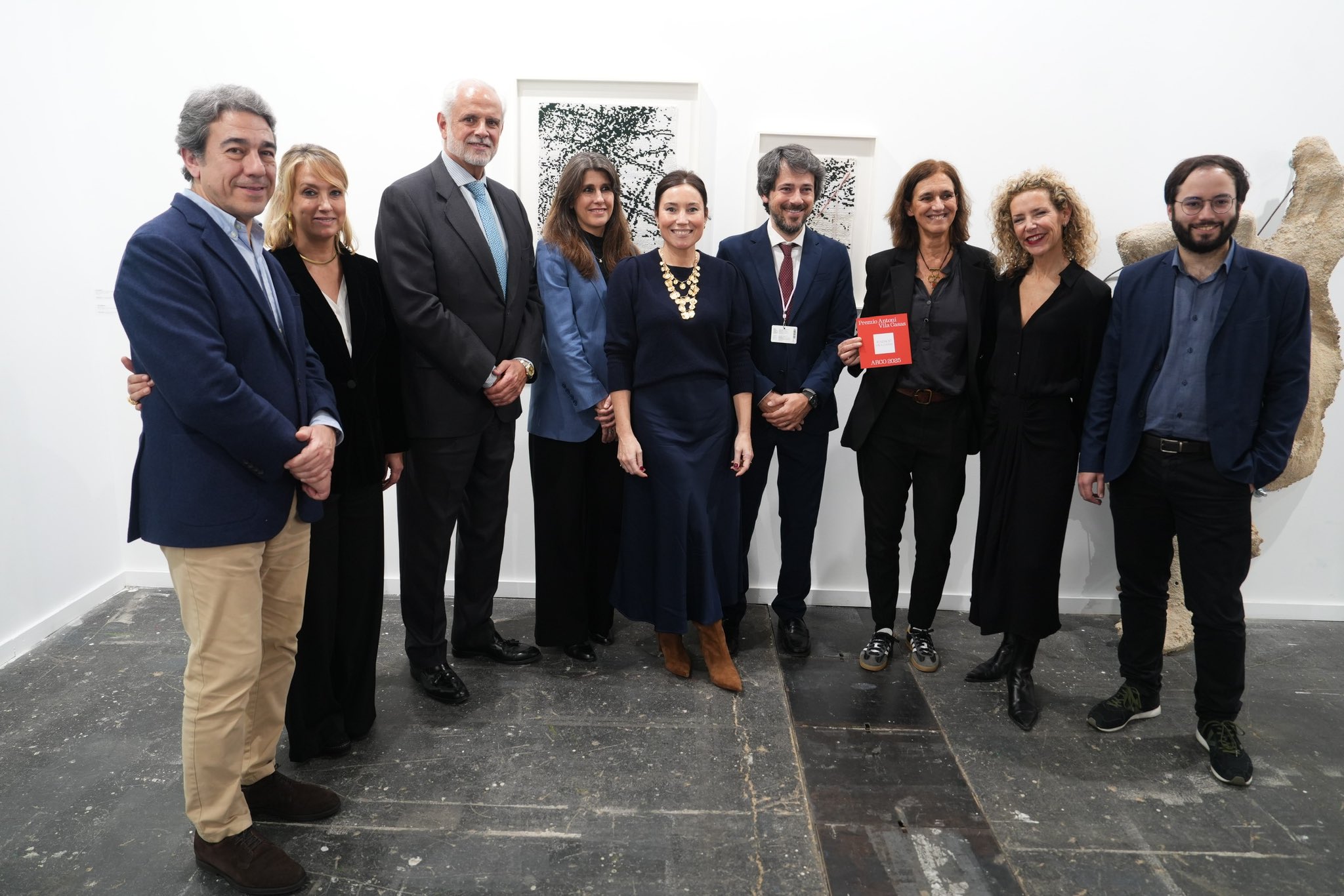 La Fundació Vila Casas atorga el 1r Premi ARCO Antoni Vila Casas a l'artista Lúa Coderch.
La Fundació Vila Casas atorga el 1r Premi ARCO Antoni Vila Casas a l'artista Lúa Coderch.
RPC. For some time now, through the “Punts de Fuga” initiative, they have been carrying out actions outside Catalonia, such as exhibitions at the Blanquerna space in Madrid, in Malaga, in Burgos, in Santiago de Compostela…
JTR. Yes, they were started and are still headed by Natàlia Chocarro, another key person in our team and who has been with the house since the beginning. She started them in 2011, it was something smaller. It arose, among other reasons, because our warehouses were saturated and so we freed them up a bit to make new purchases. The itineraries were only for Catalonia and served to visualize the country's artists in the same country. Then, the permanent agreement arrived with the Vila-seca Castle, which depends on the City Council, and which was registered as a new space around the foundation. In addition, when we bought we tried to do it with the vision of acquiring a set of art to be itinerant, such as the engravings by Tàpies, the photographs by Centelles or tapestries by Picasso...
RPC. And after years of promoting authors and spaces in the country, the tours abroad begin.
JTR. Yes, it has given us a lot of visibility as a foundation and the artists a very important reinforcement of their work. In addition, in terms of visitors we have been able to add 100,000 people to our figures. And then we asked ourselves: why tour only our collection if we can tour “our artists”, who we have represented in the collection? That's when we say, we will also build ad hoc, in each center, with an artist “Vila Casas”, and it doesn't necessarily have to be a work that we have in a warehouse. To be able to do this task we had to expand warehouses, and we already have them expanded, and this has allowed us to continue doing this work in Catalonia and, by increasing staff, we have been able to go outside Catalonia and, soon, also outside Spain.
RPC. Can you elaborate a little more?
JTR. We have been able to make an agreement with one of the main world banks, which is Crédit Agricole in its private sector - Indosuez, and this 2025 they will help us open a "market" where they have a presence. The focus, Southeast Asia and the United Arab Emirates. These are the places where we have analyzed that we can best enter. It will be our pilot test abroad. Also, what can I take out of Spain that has global power, the entire collection of Picasso rugs, for example, is the first thing that comes to mind.
[rowa46a8]
PRC And the presence in Latin America due to historical ties?
JTR. We have to go little by little and we preferred to start with Asia. If things go well, we don't rule it out.
RPC. But I understand that it is not easy to avoid a “brand” conflict.
JTR. Correct. I have my Catalan visitor, my website, my database… It depends on how I relate this project, things have to be incorporated, other communication protocols, social networks, a new database… Especially so that I don't get penalized, I don't move away from the foundational concept and, also, so that to dress one saint I don't undress another. I'm optimistic, we'll get through it, since we have a great team and we plan with a lot of time. For example, the exhibitions until 2027 are already established.
RPC. Redefining the entire educational service has also been one of its main focuses.
JTR. Yes, it's a big issue for any foundation. We've redone all the spaces, making them larger and more versatile, but changing the focus. Now we were already saturated. We won't have more spaces for more capacity; we want to escape the current model in the country, which is: going to a place once and never going back. No, what we want is for the entities we work with to repeat every year, to provide support for years. We're looking for collaboration agreements with schools, universities and town halls in this line of work rather than expanding capacity to infinity. We're working very well with the Matadepera Town Hall. We want to build loyalty and support in a medium and long-term process. In this way, we'll have broken the barrier of the museum as something elitist. In addition, our focus is on contemporary art, which in the educational field is practically not touched on or is done very occasionally, and we often tend to talk about authors who are no longer there. And if necessary, provide schools with resources so they can prepare for the visit in advance. They are the visitors of tomorrow.
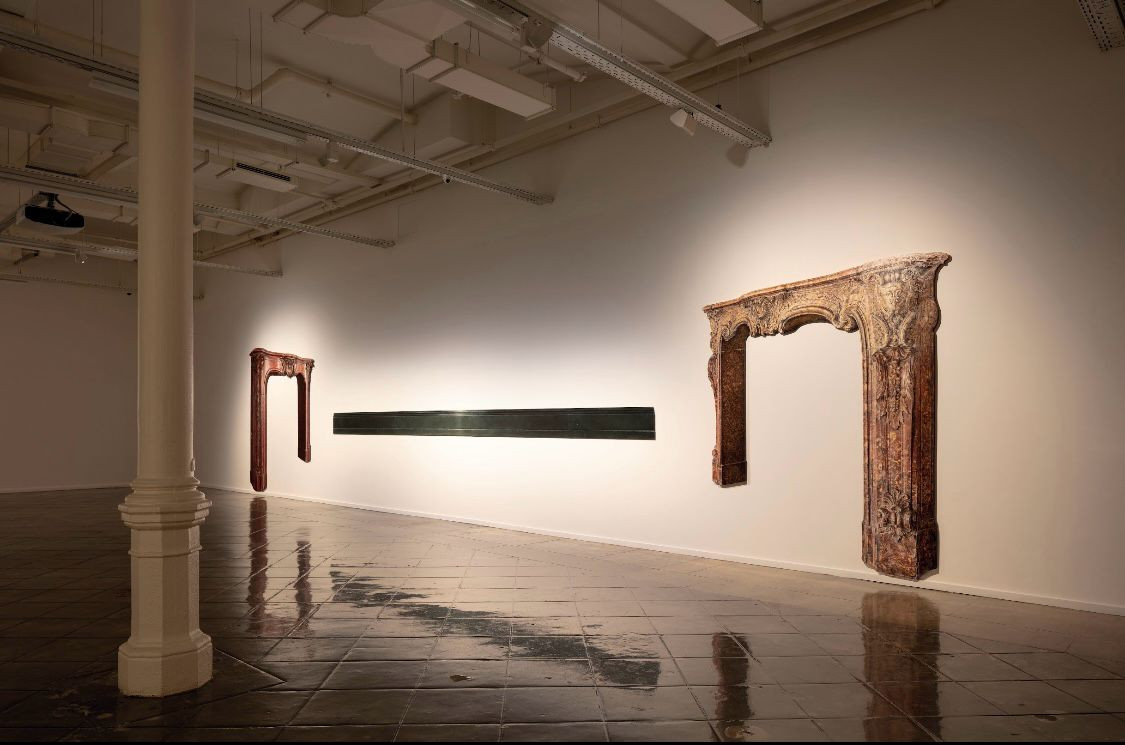 Guillotine (Louvre), Lluís Hortalà (2017-2019). © Borja Ballbe
Guillotine (Louvre), Lluís Hortalà (2017-2019). © Borja Ballbe


